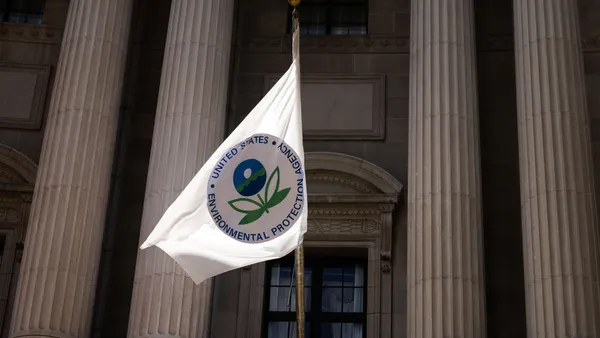Dive Brief:
- The New York Public Service Commission (PSC) on April 18 approved changes to the state's Value of Distributed Energy Resources (VDER) tariff, revising how some calculations are completed, creating a community credit and extending net metering to more projects.
- According to the PSC, the changes clear the way for development of more than 1,000 MW of community distributed generation — beyond the 500 MW regulators say is already planned.
- VDER was developed to replace net metering, and advocates say the new updates to the tariff will help to "unlock New York's community solar market" and move projects forward to construction.
Dive Insight:
New York's VDER tariff was launched in 2017 and since then environmental and clean energy groups, along with solar developers, have been pressing for improvements they say will help the state reach its goal of installing 6 GW of distributed solar by 2025.
The changes approved by regulators last week build on white papers issued for discussion last year by the PSC. Major updates to VDER include:
- Changes to how the value of reduced energy demand is determined; advocates say the tweaks make the values more predictable for solar projects.
- Creation of a "community credit" as part of VDER, to help ensure a wide range of customers can participate, including schools, businesses and local governments.
- Extension of net metering to projects under 750 kW — a change aimed at encouraging development of on-site solar projects serving certain commercial customers.
"The Commission's order will help unlock New York's community solar market and get projects moving forward into construction across the state," Jeff Cramer, executive director of the Coalition for Community Solar Access, said in a statement.
The PSC said its order will provide opportunities for customers to participate in community generation projects in utility territories where previously authorized market transition credits have already been fully subscribed. The commission said that includes Orange & Rockland and Central Hudson, where more than 190 MW of community distributed generation is in service or in development.
PSC Chair John Rhodes said distributed resources are "critical" to New York's plans to have 70% clean and renewable energy by 2030.
"Smarter, clearer compensation for these projects will assure that these markets are developed in a robust, cost-effective and sustainable way," Rhodes said.
Additionally, new projects outside of the Orange & Rockland and Central Hudson territories will receive community credits rather than market transition credits. The PSC said the new credits will be available to more than 700 MW of new projects in upstate New York, with another 400 MW of community credits available in the Consolidated Edison territory.
"The recommendations adopted today significantly improve the VDER tariff and should more fairly and accurately compensate larger solar projects for the energy they produce," Sean Gallagher, vice president of state affairs for the Solar Energy Industries Association, said in a statement.















